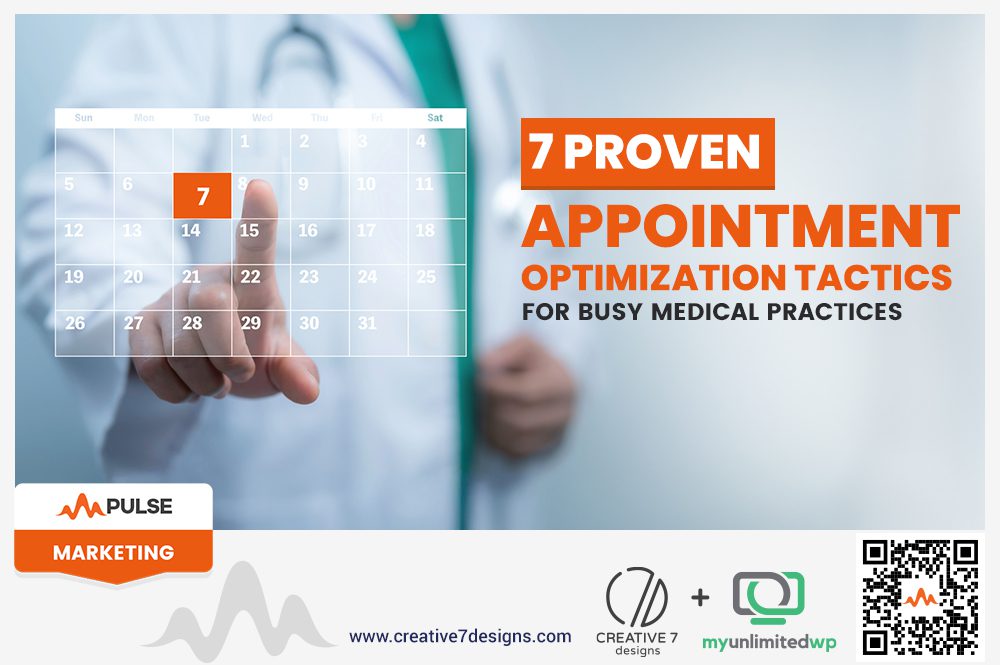Overview: Let’s maximize your medical practice’s efficiency with these 7 appointment optimization strategies, designed to improve patient flow and reduce scheduling headaches. Read on to learn more!
Running a medical practice can feel like a juggling act, with patient appointments, administrative tasks, and operational challenges pulling you in multiple directions. Keeping your appointment schedule optimized is crucial — not only for patient satisfaction but also for the smooth running of your practice.
To help you stay organized and reduce no-shows or appointment bottlenecks, here are 7 proven tactics that can optimize appointments for busy medical practices like yours.
Leverage Online Appointment Scheduling
In today’s digital-first world, patients prefer the convenience of online appointment scheduling. Offering an easy-to-use, 24/7 online scheduling system not only frees up your staff’s time but also improves patient satisfaction. With an integrated system, patients can choose available slots that work for them, which leads to fewer no-shows and missed appointments.
>> Related Reading: Using Chatbots on Medical Websites: Why Your Patients Like Them
Implement Appointment Reminders
No-shows can throw your entire day off track, but appointment reminders can significantly reduce this problem. Send automated reminders via email, text, or phone calls a few days before the appointment. You can even add links for patients to confirm or reschedule, helping you optimize time slots and reduce last-minute cancellation.
Here’s a quick guide on >> 7 Appointment Reminder Software Tools for Small Businesses that’ll help you!
Use Waitlist to Maximize Efficiency
Last-minute cancellation is inevitable, but a waitlist system can help fill those gaps quickly. Maintain a list of patients who are willing to take earlier appointments and notify them when a slot becomes available. This way, you’re minimizing wasted time and maximizing your appointment schedule’s efficiency.
Analyze Appointment Patterns
Data is a powerful tool for optimizing your practice. Analyze the appointment flow over time to identify peak hours, popular days, and frequent bottlenecks. Adjust your staffing levels or scheduling practices based on these patterns to ensure you have the right number of hands on deck during busy times. Plus, you can use this data to predict no-show trends and take preventive measures.
Adopt Telemedicine for Non-Urgent Cases
Not every appointment requires an in-person visit. Incorporating telemedicine options into your practice allows patients to consult with you remotely, saving both time and resources. It’s especially effective for follow-ups, routine check-ins, or minor consultations. Offering virtual visits can reduce the strain on your in-office schedule and accommodate more patients.
Streamline Appointment Lengths
Not every patient requires the same amount of time for their consultation. By categorizing appointment types (e.g., check-ups, follow-ups, initial consultations) and assigning them appropriate time slots, you can reduce idle time and overbooking. This allows your practice to see more patients without sacrificing quality care.
Optimize Your Staff’s Workflow
A well-organized and efficient team is essential to appointment optimization. Ensure that administrative tasks, such as patient intake, billing, and paperwork, are as streamlined as possible. By adopting workflow management tools, delegating tasks appropriately, and training your staff to handle different patient needs, you can ensure that every appointment runs smoothly.
In Summary
In the medical practice industry, even small changes can make a big difference in optimizing appointments. Whether it’s through technology, data analysis, or staff optimization, these seven tactics can help you improve patient satisfaction, reduce no-shows, and make your practice more efficient.
After all, a well-organized schedule leads to less stress for your team and better care for your patients.


